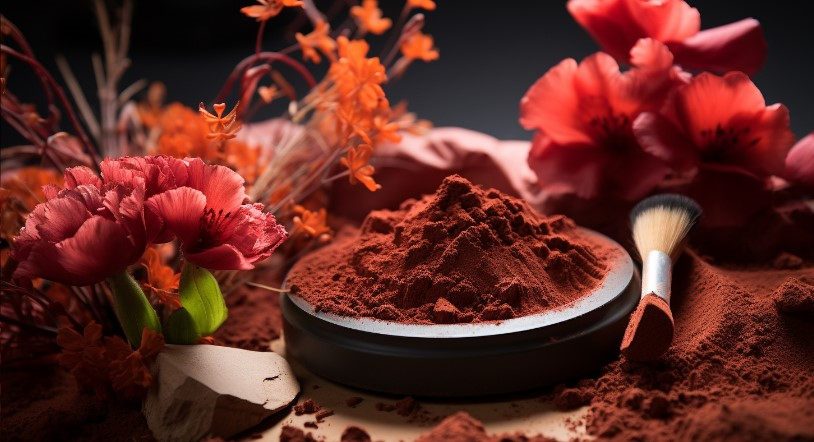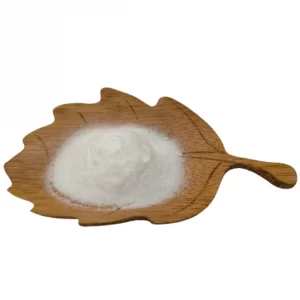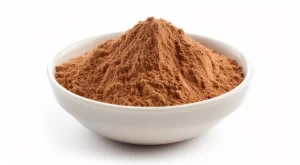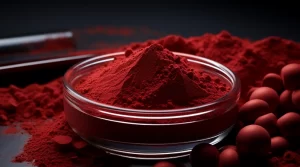¿Por qué la astaxantina puede eliminar los radicales libres

Astaxantina
Radical libre, también conocido como "grupo libre" en química, se refiere a la molécula de un compuesto que, bajo condiciones externas como la luz y el calor, se une covalentemente para formar un átomo o grupo con electrones no apareados. Cuando se escribe, se suele añadir un "-" junto al símbolo atómico o de grupo para indicar la presencia de electrones no apareados. Por ejemplo, los radicales de hidrógeno (H-) y los radicales de cloro (Cl-) son ejemplos típicos de radicales libres. Una propiedad importante de los radicales libres es su altísima reactividad química, que se debe principalmente a sus electrones no apareados, lo que hace que los radicales libres sean extremadamente inestables y tiendan a reaccionar con otras moléculas o átomos en busca de estabilidad de apareamiento de electrones.
Los radicales libres son omnipresentes en los organismos vivos, participan en muchas actividades vitales, como la conversión de energía, la transducción de señales, etcétera. Sin embargo, cuando la producción y la eliminación de radicales libres están desequilibradas, es decir, cuando hay demasiados radicales libres, pueden causar daños en las células y los tejidos, fenómeno conocido como estrés oxidativo. El estrés oxidativo está estrechamente relacionado con la aparición y el desarrollo de muchas enfermedades, como las cardiovasculares y las neurodegenerativas.
Astaxantinacomo antioxidante natural, tiene una excelente capacidad de eliminación de radicales libres. Su fuerte actividad antioxidante se debe principalmente a los dobles enlaces conjugados, los grupos hidroxilo y los grupos cetona insaturados al final de las cadenas de dobles enlaces conjugados de su estructura molecular. Estas estructuras permiten a la astaxantina atraer electrones no apareados de los radicales libres o suministrar activamente electrones a los radicales libres, apagando eficazmente los radicales libres en el medio ambiente. En particular, comprar astaxantina tiene una excelente capacidad de barrido de oxígeno singlete activo, por lo que es un potente extintor de oxígeno singlete.
Astaxantina no sólo puede eliminar los radicales libres, sino también estabilizar la estructura de la membrana celular, reducir la permeabilidad de la membrana celular y limitar la entrada de moléculas iniciadoras de peróxido, reduciendo así aún más el daño de los radicales libres a las células. En comparación con otros antioxidantes, como el betacaroteno o la vitamina E, la astaxantina tiene una capacidad antioxidante más potente. Los estudios han demostrado que la astaxantina puede reducir los niveles de peróxido lipídico hasta en un 40%, mientras que otros antioxidantes como el betacaroteno pueden elevar los niveles de peróxido lipídico. Actualmente, la vitamina astaxantina existe en la naturaleza principalmente en organismos marinos, como gambas, cangrejos y algas. Debido a su excelente capacidad de eliminación de radicales libres y a sus propiedades antioxidantes, los comprimidos de astaxantina se han utilizado ampliamente en productos para el cuidado de la salud, cosméticos y aditivos alimentarios. Mediante la suplementación con astaxantina, puede ayudar al cuerpo humano a mantener el equilibrio de los radicales libres y reducir el daño del estrés oxidativo al cuerpo, con el fin de prevenir y mejorar las enfermedades relacionadas. En resumen, los radicales libres, como una clase de átomos o grupos con electrones no apareados, desempeñan un papel importante en los organismos vivos, pero en exceso pueden causar daños a las células y tejidos. La astaxantina como antioxidante natural, a través de su estructura molecular única, puede eliminar eficazmente los radicales libres, proteger las células del daño por estrés oxidativo, a fin de mantener la salud humana.
Andy
Whatsapp : +86 18220720933
Correo electrónico: [email protected]



